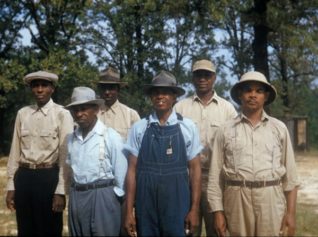
Credit: shutter stock
Americans across the country are dying at rates unseen in the last several years.
The National Center for Health Statistics released preliminary data on last year’s mortality rates, and the results have researchers perplexed.
The center is the country’s lead health statistic agency, housed within the Centers for Disease Control and Prevention.
The death rate rose from 723.2 per 100,000 people in 2014 to almost 730 per 100,000 in 2015.
Death rates are age-adjusted to account for the disproportionate amount of deaths in the aging Baby Boomer generation.
“Among the causes of death included in this report, increases between 2014 and 2015 in both crude and age-adjusted death rates were observed for Alzheimer’s disease, chronic liver disease and cirrhosis, chronic lower respiratory diseases, hypertension, Parkinson’s disease, septicemia, homicide, firearm-related injury, suicide, and unintentional injury and drug overdose,” the NCHS report reads.
Still federal researchers are hesitant to label an exact cause, as the data is incomplete and uncategorized by race and other social determinants. A full analysis won’t take place until later this year, The New York Times reports.
Experts have implicated the growing opioid crisis for rising deaths in the non-Hispanic white population. Numerous studies show a remarkable increase in prescription drug overdoses and suicides over the last 15 years.
But these initial numbers show elevated death rates on a national scale.
Robert Anderson, NCHS chief of mortality statistics, said any rise is a rare occurrence and therefore warrants closer study.
“It’s an uptick in mortality and that doesn’t usually happen, so it’s significant,” he said. “But the question is, what does it mean? We really need more data to know. If we start looking at 2016 and we see another rise, we’ll be a lot more concerned.”
The findings are particularly relevant to Black Americans, who have traditionally had the shortest life spans of any other racial group.
Racial biases have largely protected African-Americans from the pharmaceutical addiction epidemic, as U.S. physicians are less likely to prescribe painkillers.
Just last month, the CDC reported the life expectancy gap between Blacks and whites had shrunk to 3.4 years in 2014 — the smallest on record.
Officials credited dwindling pregnancy rates among African-American teens and a 40 percent decrease in Black homicides between 1995 and 2013.
Homicide is the leading cause of death in Black males ages 15 to 34, according to the CDC.


